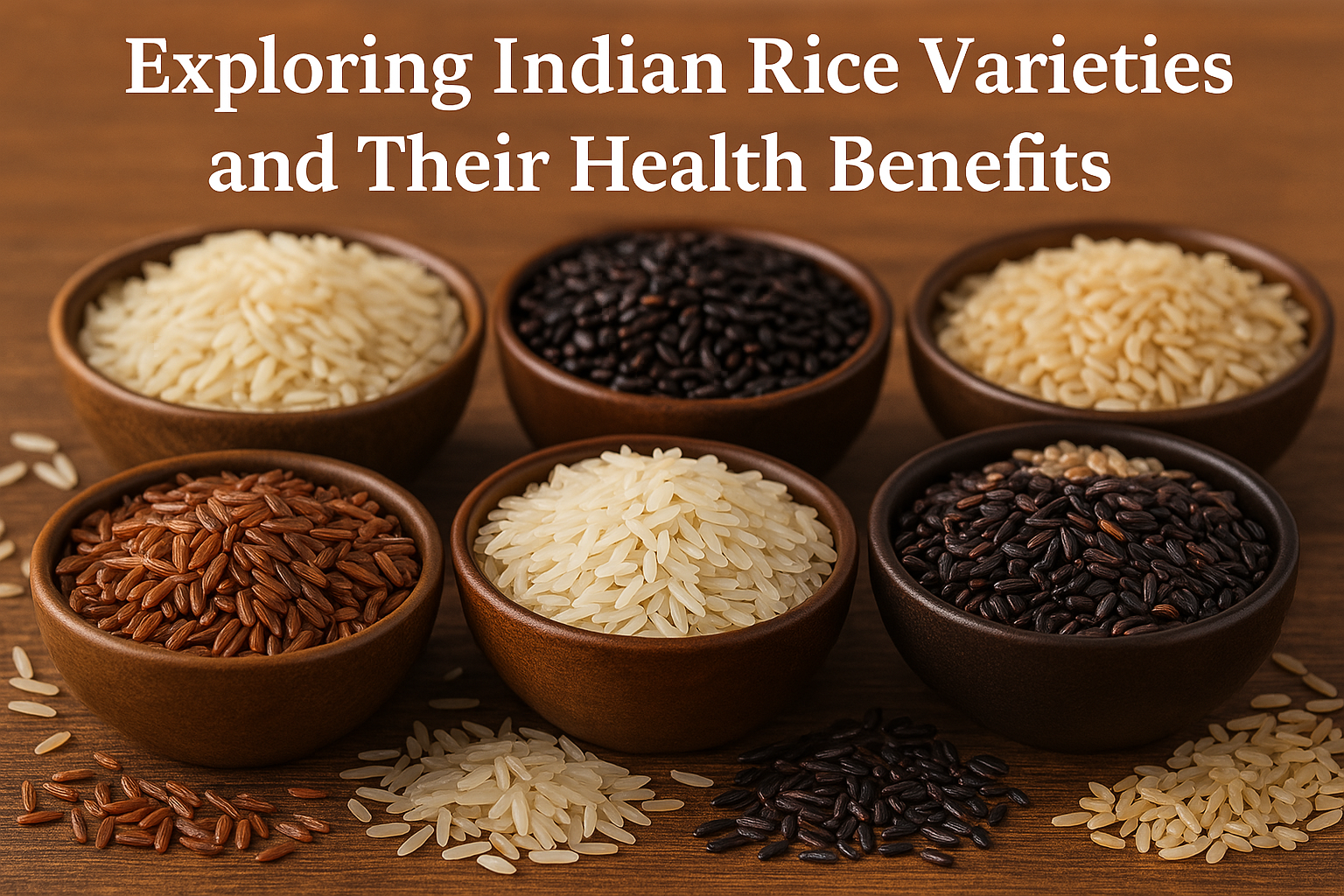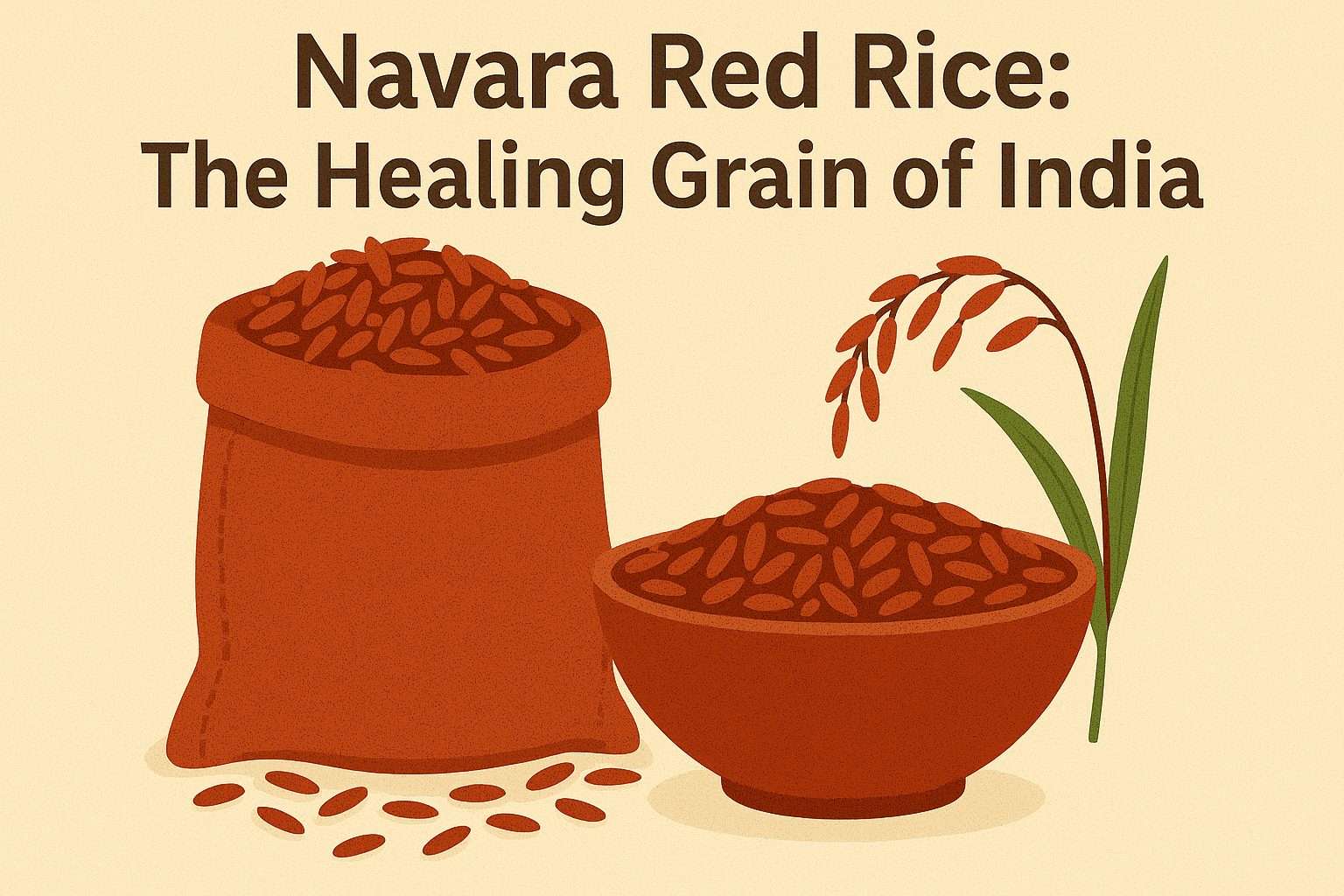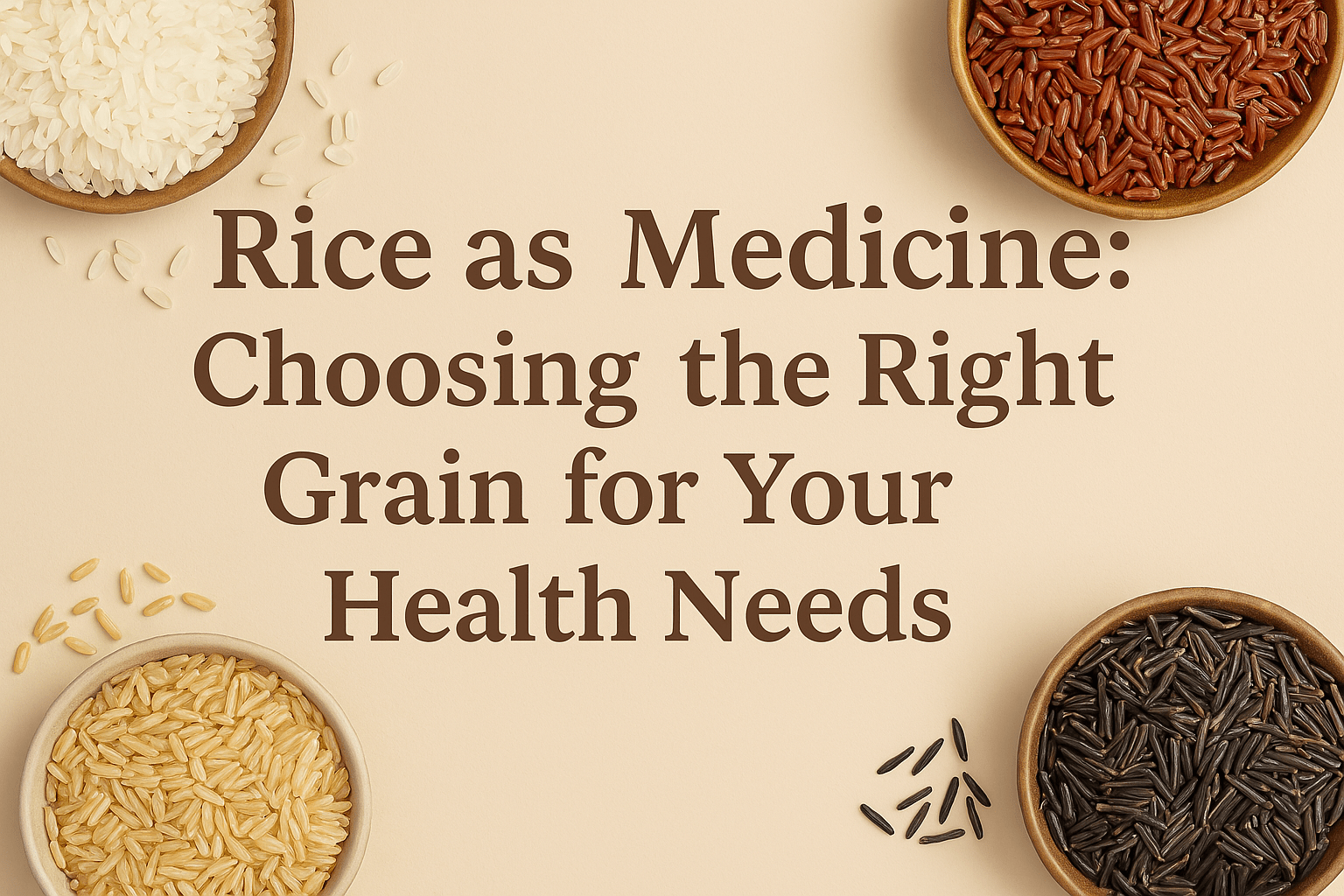Bad breath, also called halitosis, can be embarrassing and detrimental to your confidence. Although it may appear to be a minor issue, persistent bad breath can significantly affect social and professional interactions. Thankfully, many natural remedies can help you tackle this unpleasant condition without the need for harsh chemicals or costly treatments. Dhanush Kumar explores seven natural ways to prevent bad breath and enjoy fresh, clean breath all day.
7 Natural Remedies to Banish Bad Breath
1. Stay Hydrated:

A lack of water in the body can lead to foul breath. A dry mouth is the perfect breeding ground for bacteria when your body doesn’t produce enough saliva due to a lack of water. A natural mouthwash that can wash away food particles and germs that cause bad breath is saliva, which can be stimulated by drinking water often throughout the day.
2. Chew on Parsley and Mint Leaves

Parsley and mint are potent herbs that can help freshen your breath naturally. Chewing on a few leaves of either herb can release their natural oils, which have antibacterial and deodorizing properties. Additionally, the crunchy texture of these leaves can help remove food particles stuck between your teeth, further reducing bad breath.
3. Snack on Crunchy Fruits and Vegetables

Crunchy fruits and vegetables, such as apples, carrots, and celery, can act as natural toothbrushes, scrubbing away plaque and food debris from your teeth and gums. Not only do they promote better oral hygiene, but many of these foods also contain enzymes that can help neutralize odour-causing compounds.
4. Use Tongue Scrapers

Your tongue can harbour many bacteria, contributing to bad breath. Using a tongue scraper can help remove the build-up of bacteria, food particles, and dead cells from the surface of your tongue, leaving your mouth feeling refreshed and your breath smelling cleaner.
5. Incorporate Probiotics

Probiotics are beneficial bacteria that help maintain a healthy balance of microorganisms in your digestive system, including your mouth. Consuming probiotic-rich foods like yogurt, kefir, and fermented vegetables can help promote a balanced oral microbiome, reducing the growth of odour-causing bacteria.
6. Try Essential Oils

Certain essential oils, such as peppermint, clove, and tea tree oil, have natural antibacterial and antiseptic properties that can help combat bad breath. You can add a few drops of these oils to a glass of water and use it as a refreshing mouthwash or add them to your toothpaste for an extra breath-freshening boost.
7. Maintain Good Oral Hygiene

In conclusion, maintaining proper oral hygiene is vital to prevent bad breath. Brush your teeth twice daily, floss regularly, and use an antibacterial mouthwash to remove plaque, food particles, and bacteria that cause bad breath. Additionally, clean your tongue and replace your toothbrush every three to four months.
Conclusion
By incorporating these seven natural remedies into your daily routine, you can effectively combat halitosis and enjoy fresh, clean breath throughout the day. Remember, a combination of proper hydration, dietary choices, oral hygiene, and natural remedies can go a long way in maintaining a healthy, odour-free mouth.
































